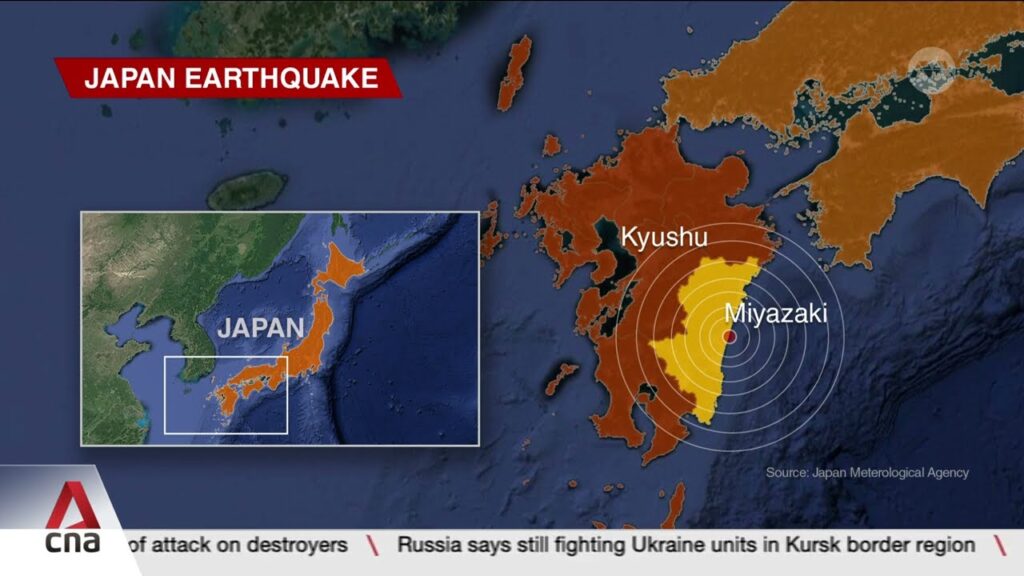Due to the increasing threat of a major earthquake off Japan’s Pacific coast, Prime Minister Fumio Kishida decided to cancel his trip to central Asia.
The move comes as he struggles with low approval ratings.

He was supposed to hold talks with the leaders of various Central Asian nations, including Kazakhstan, on Friday evening in the Kazakh capital of Astana.
He was also scheduled to meet with the Mongolian president in Ulaanbataar on Monday.
The Japan Meteorological Agency earlier issued a tsunami warning for the Pacific coast after a powerful earthquake hit the southernmost island of Kyushu.
No immediate reports of major damage or deaths were reported following the earthquake.
The agency, however, noted that the area around the Nankai Trough could experience a major earthquake.
The public broadcaster NHK reported that Prime Minister Kishida decided to call off his trip to central Asian countries as he was preparing for the possible situation.
The agency warned that powerful tsunamis could be generated following a major earthquake.
It added that the likelihood of another major earthquake was higher than normal, but it did not indicate that such seismic activities would happen in a specific time.
The advisory was issued for the Nankai Trough, which is a region between two tectonic plates that is located in the Pacific Ocean. In the past, massive earthquakes have been carried out in this area.
The 800-kilometer-long undersea trough, which runs from Shizuoka west of Tokyo, to Kyushu’s southern tip, has been the site of numerous powerful earthquakes over the past 200 years.
These types of seismic activities, which are known as megathrust quakes, have been known to generate dangerous tsunamis along Japan’s southern coast.
Although it is not possible to predict the exact timing of a seismic activity, government experts believe that a major earthquake could happen in the Nankai Trough in the next 30 years.
They noted that the likelihood of such an event is around 70% to 80%.
In the worst-case scenario, a disaster involving a magnitude 9 or 8 earthquake could kill around 300,000 people.

